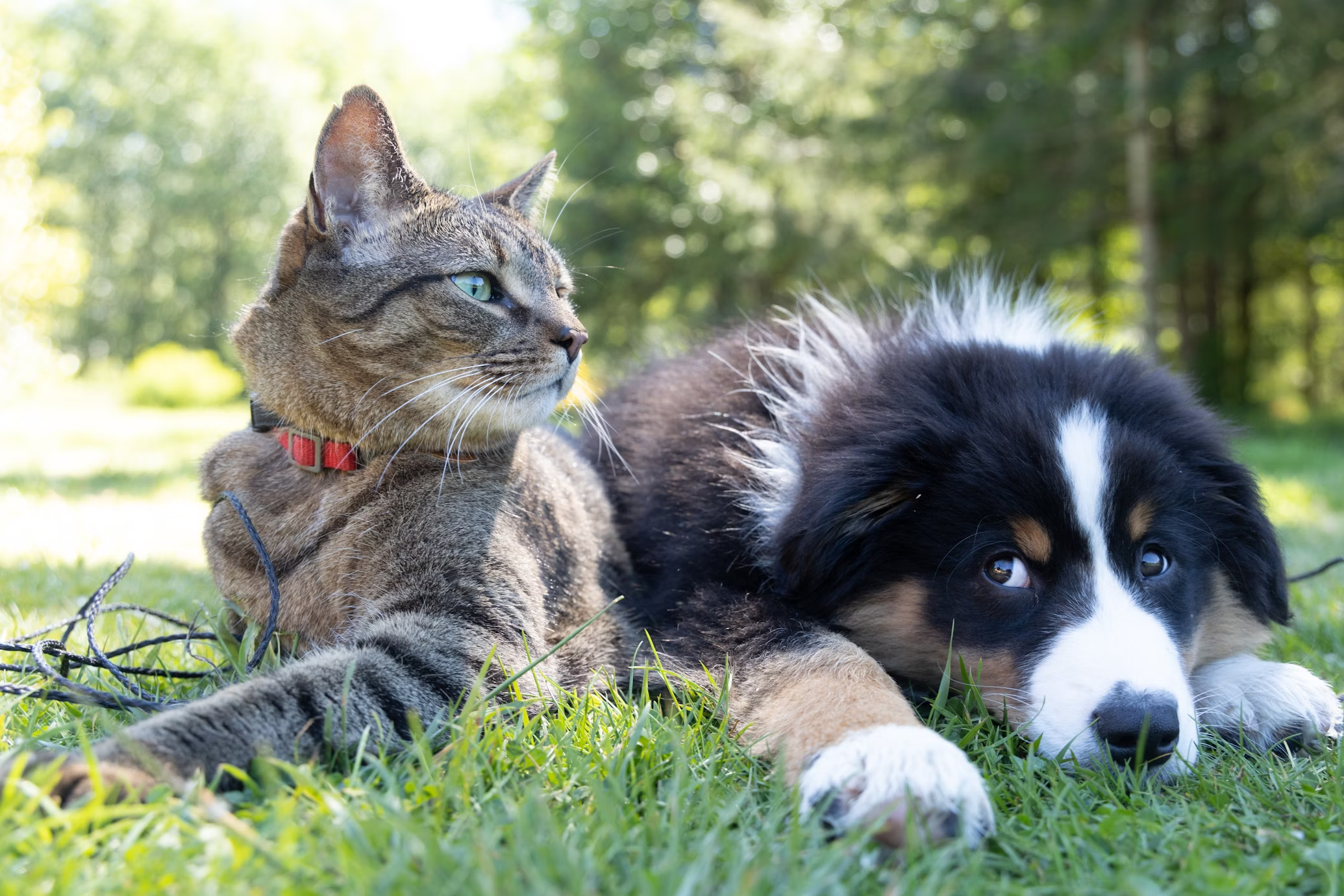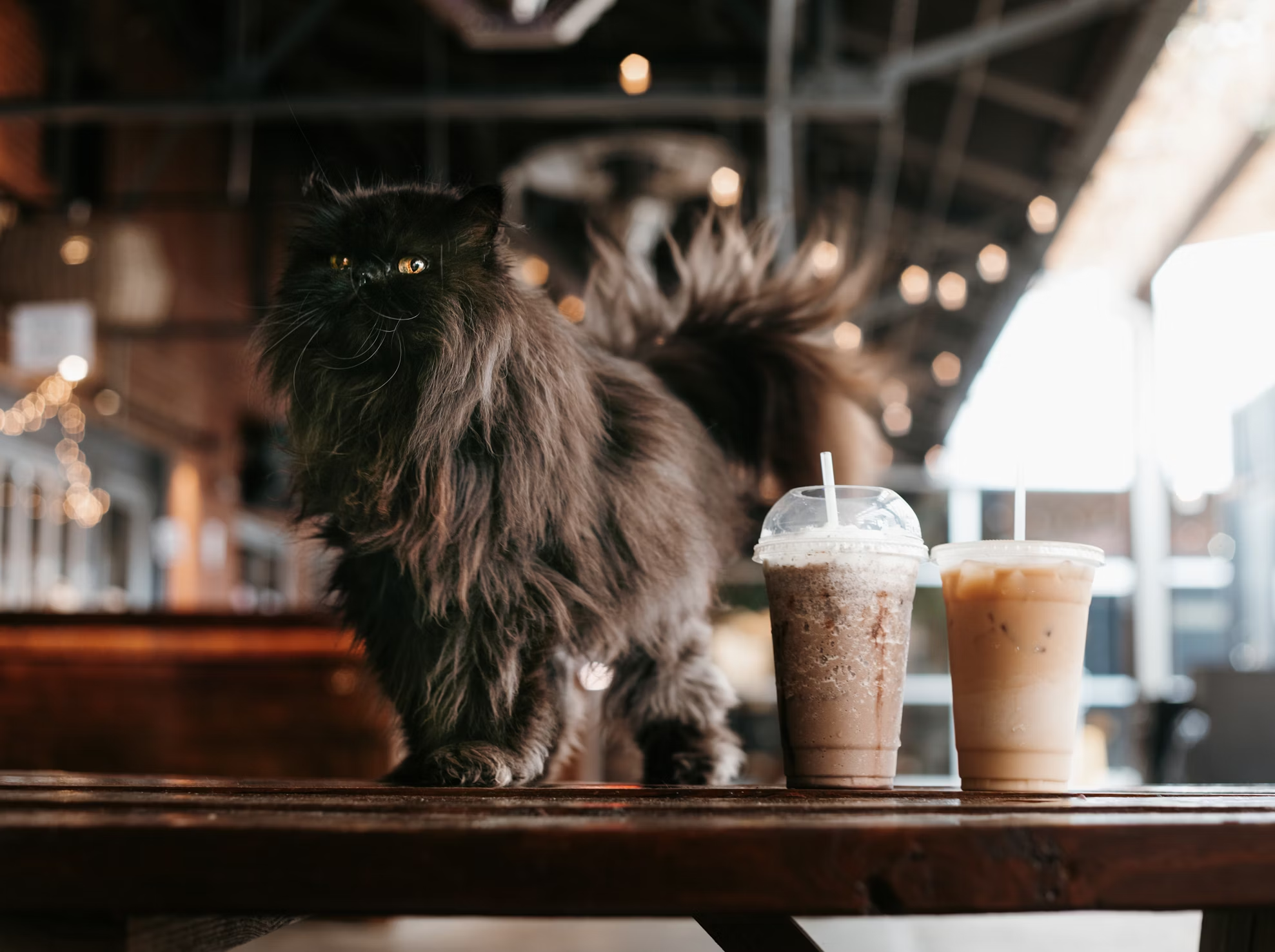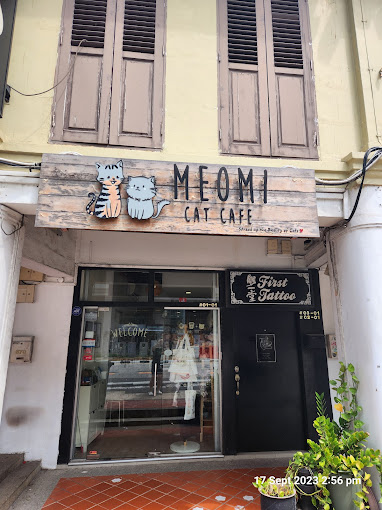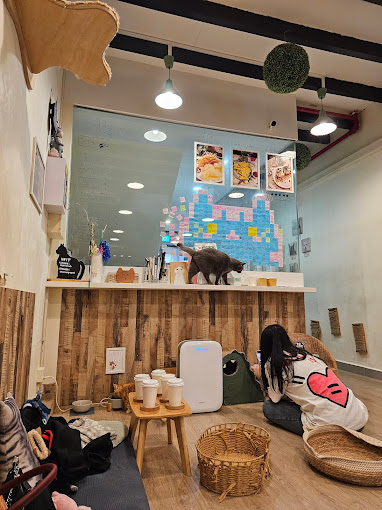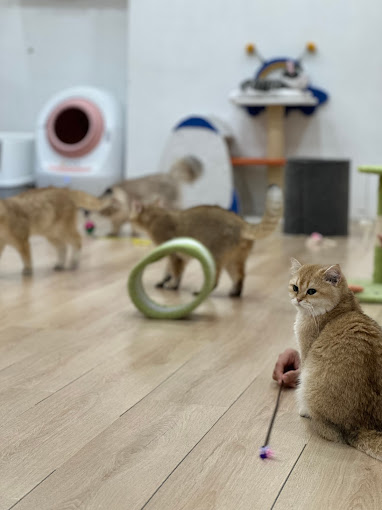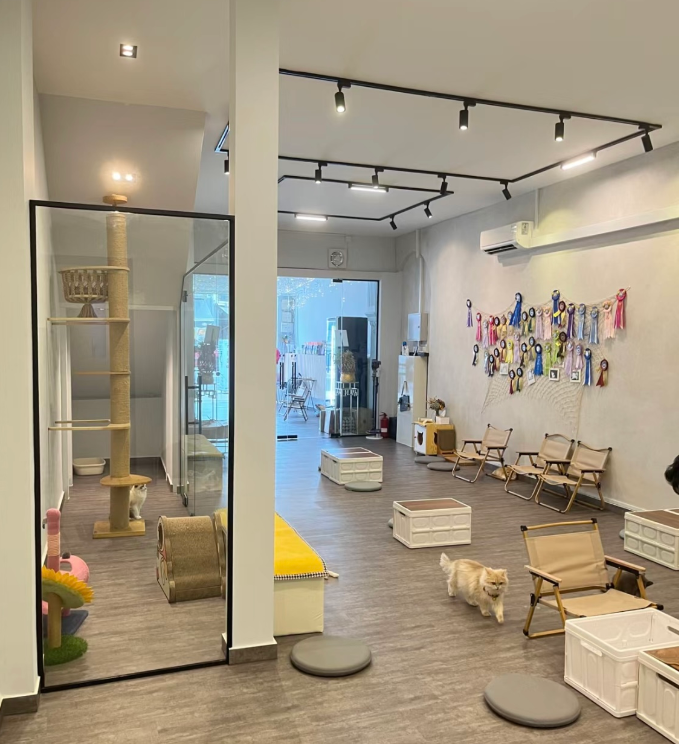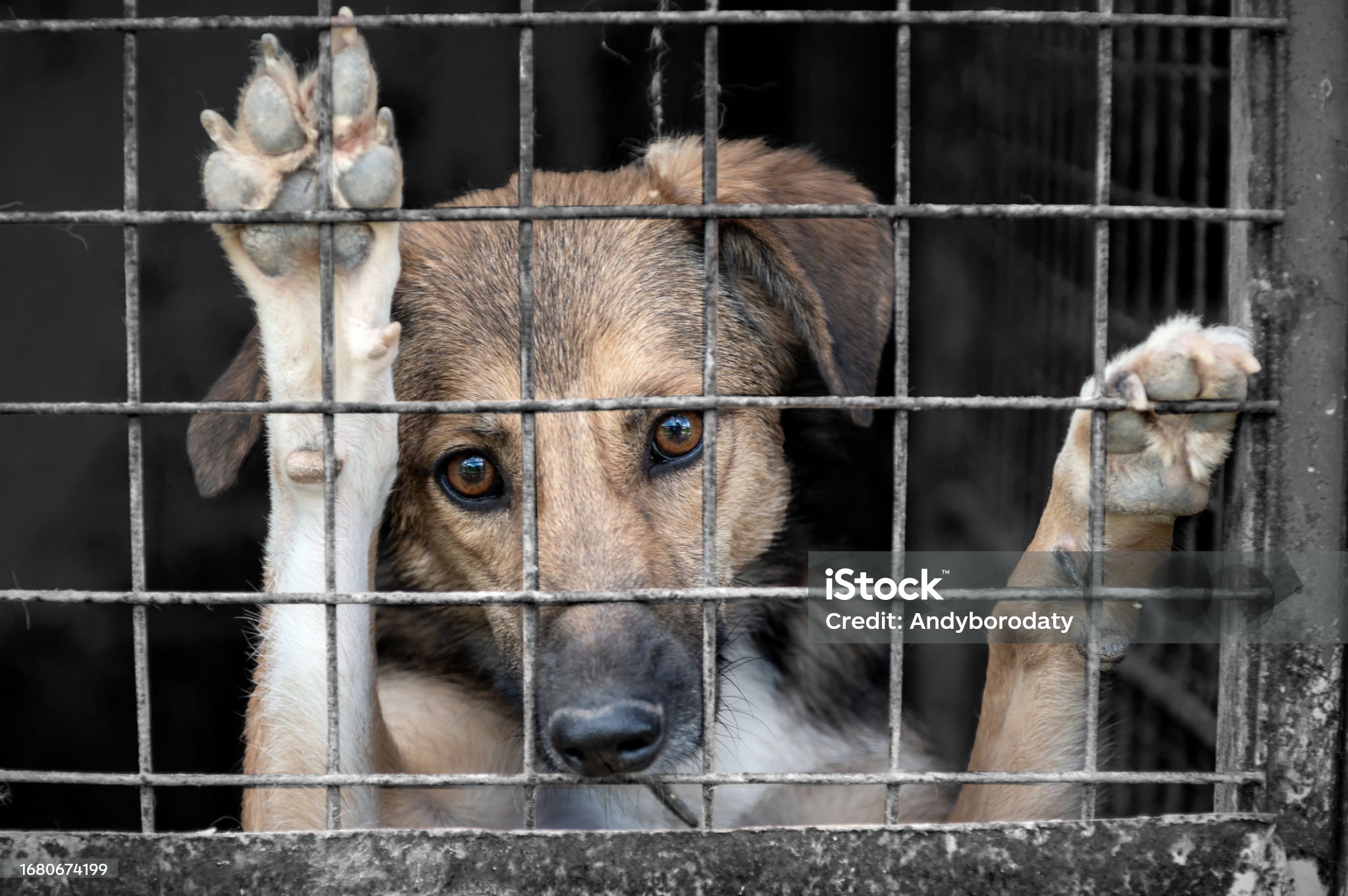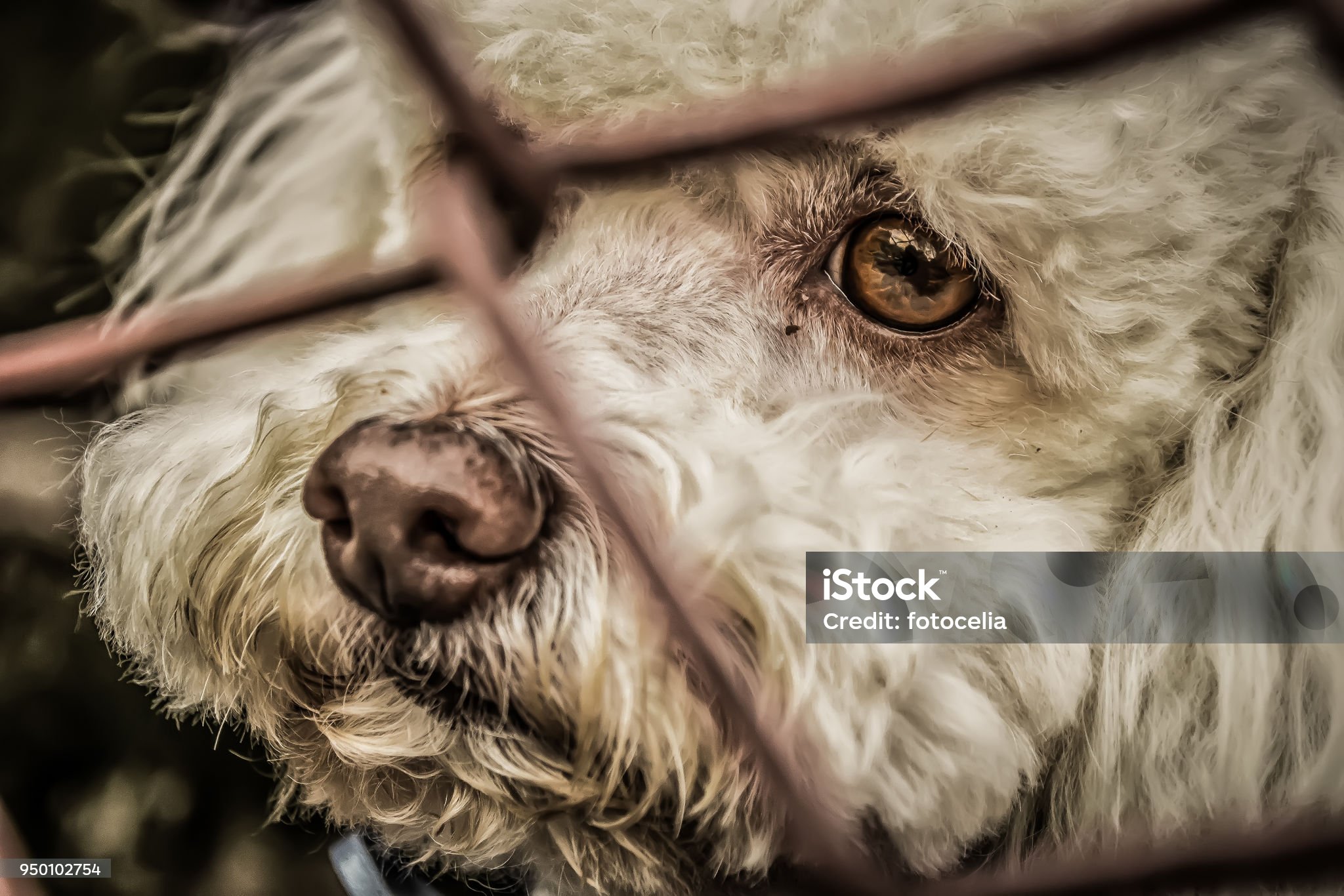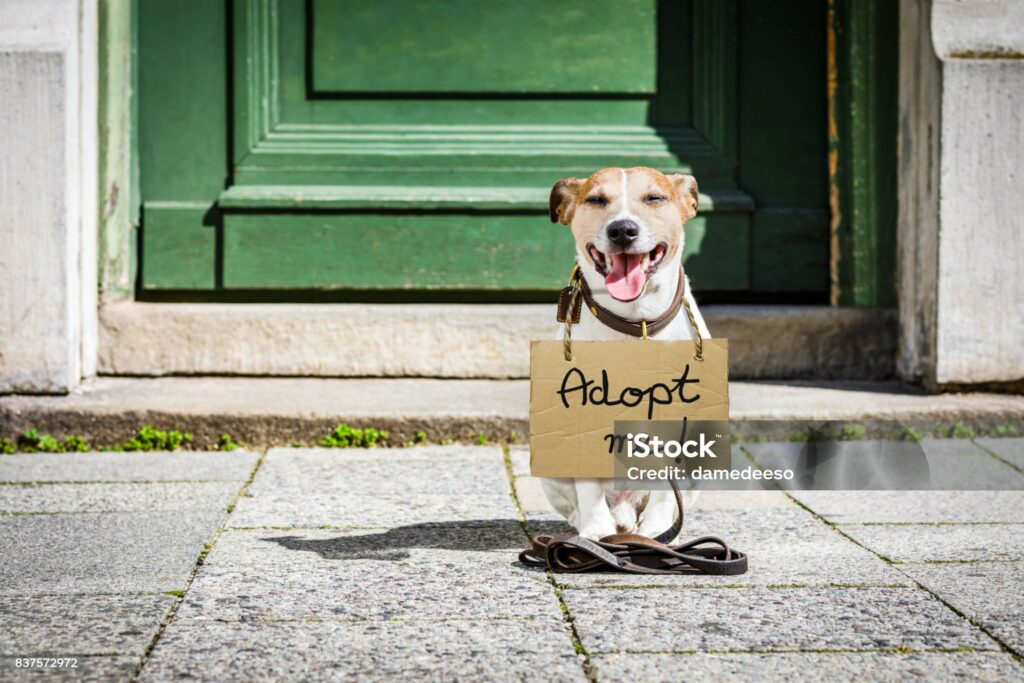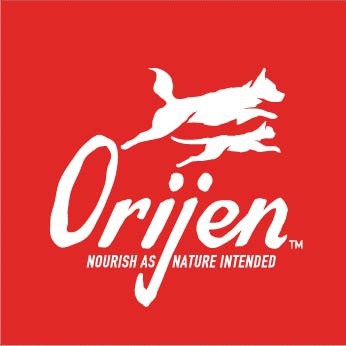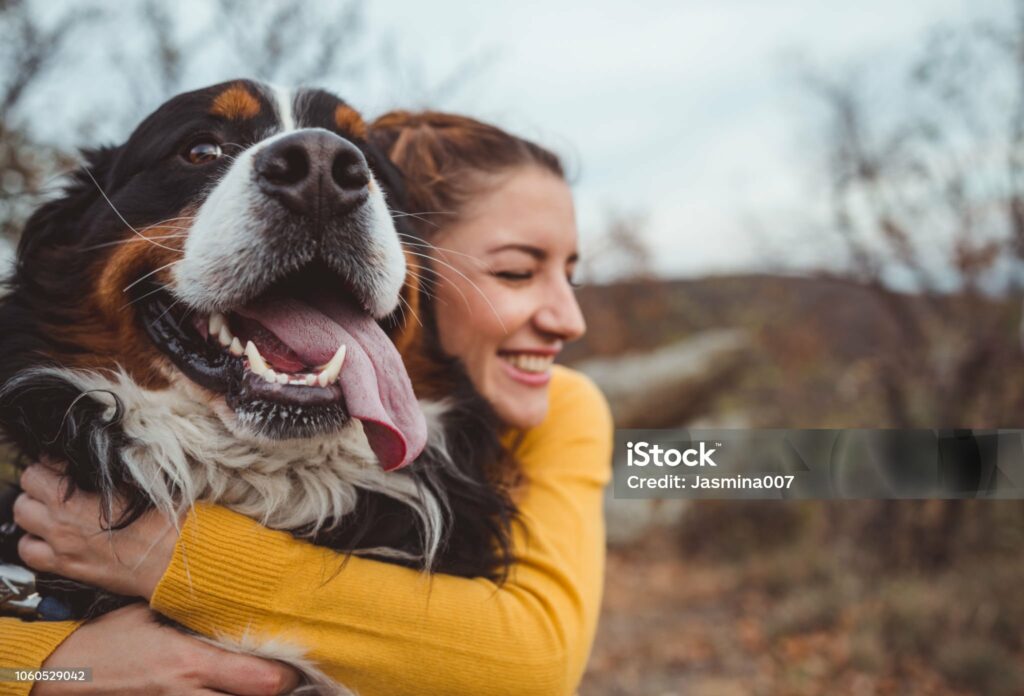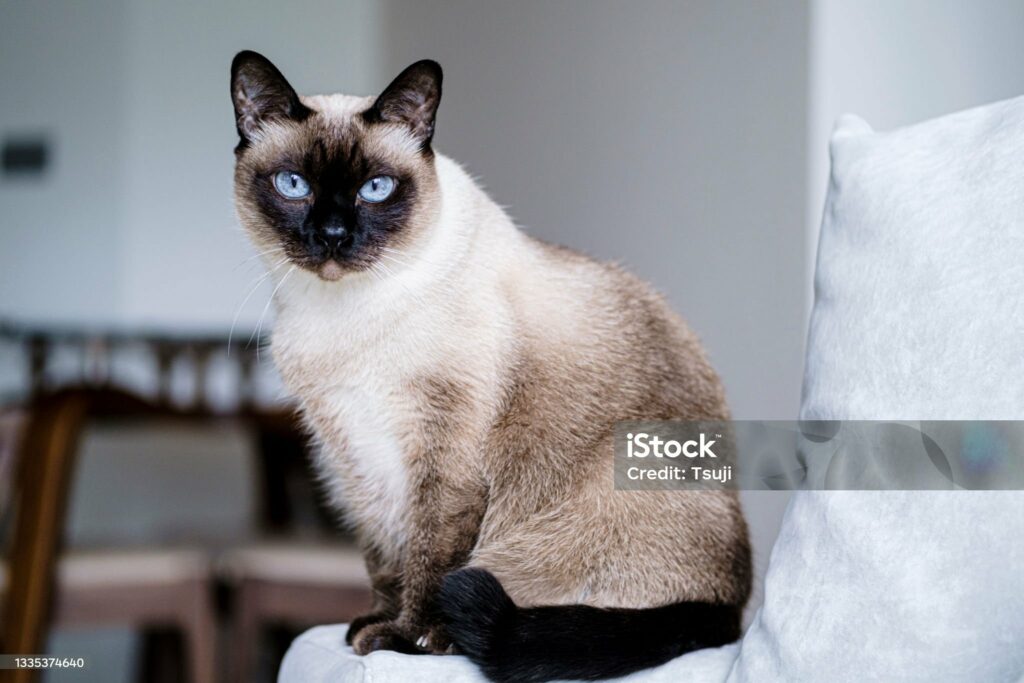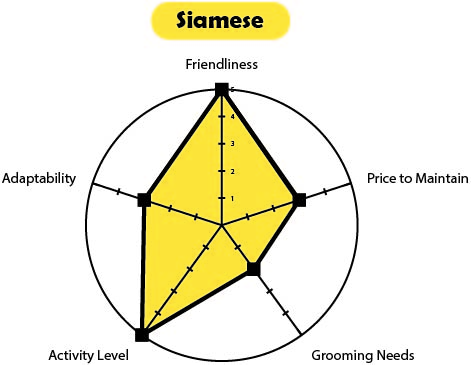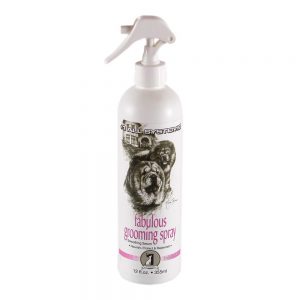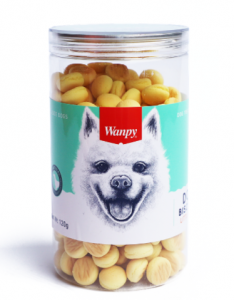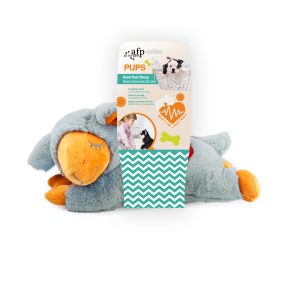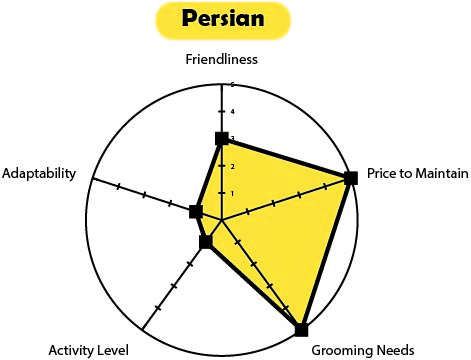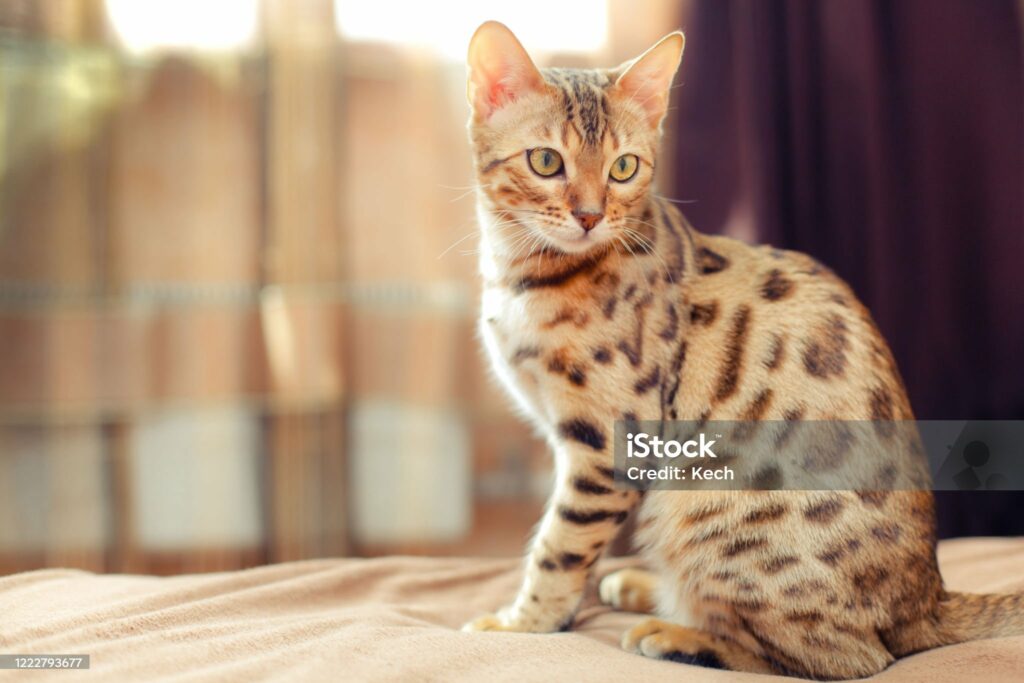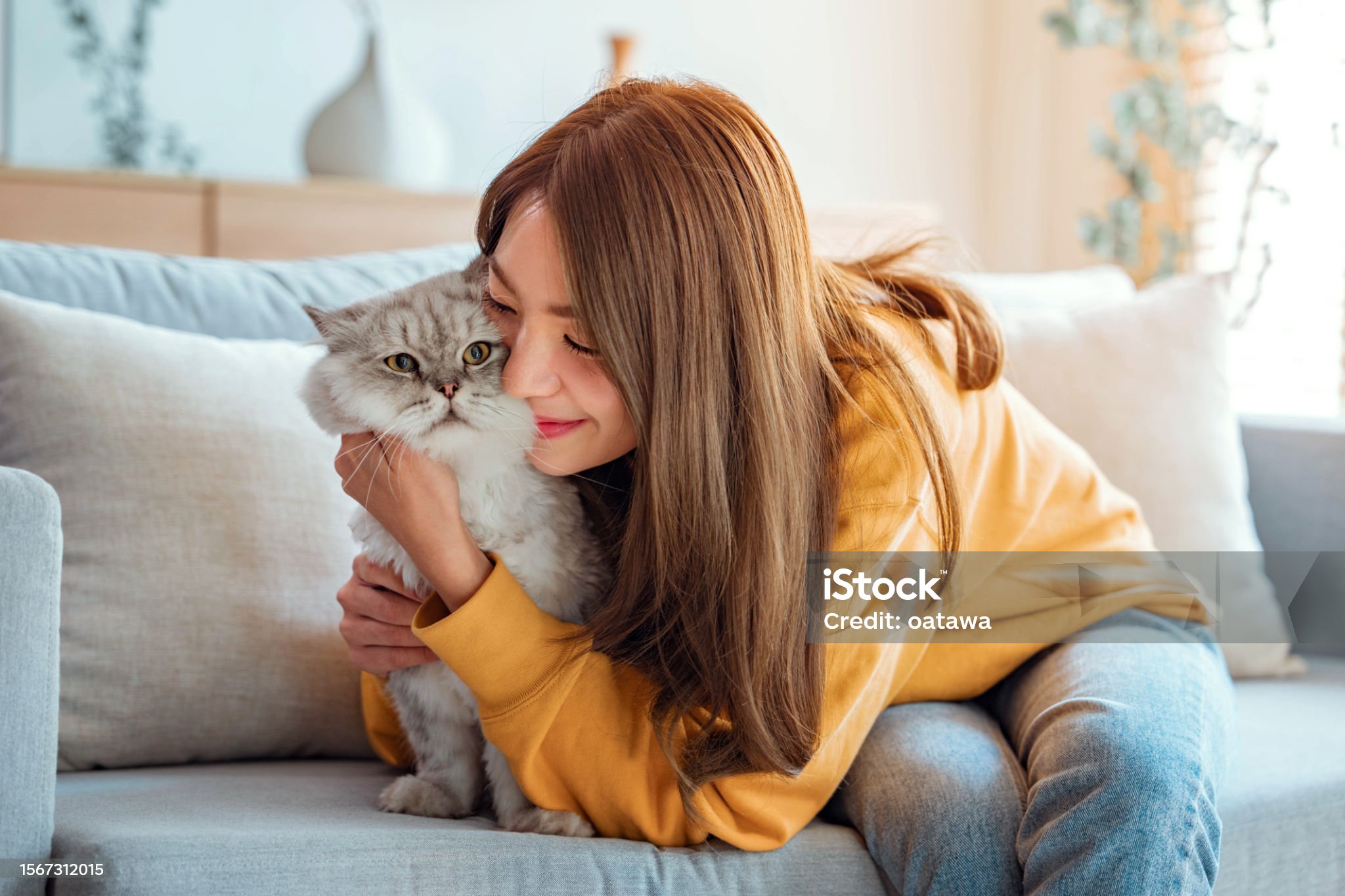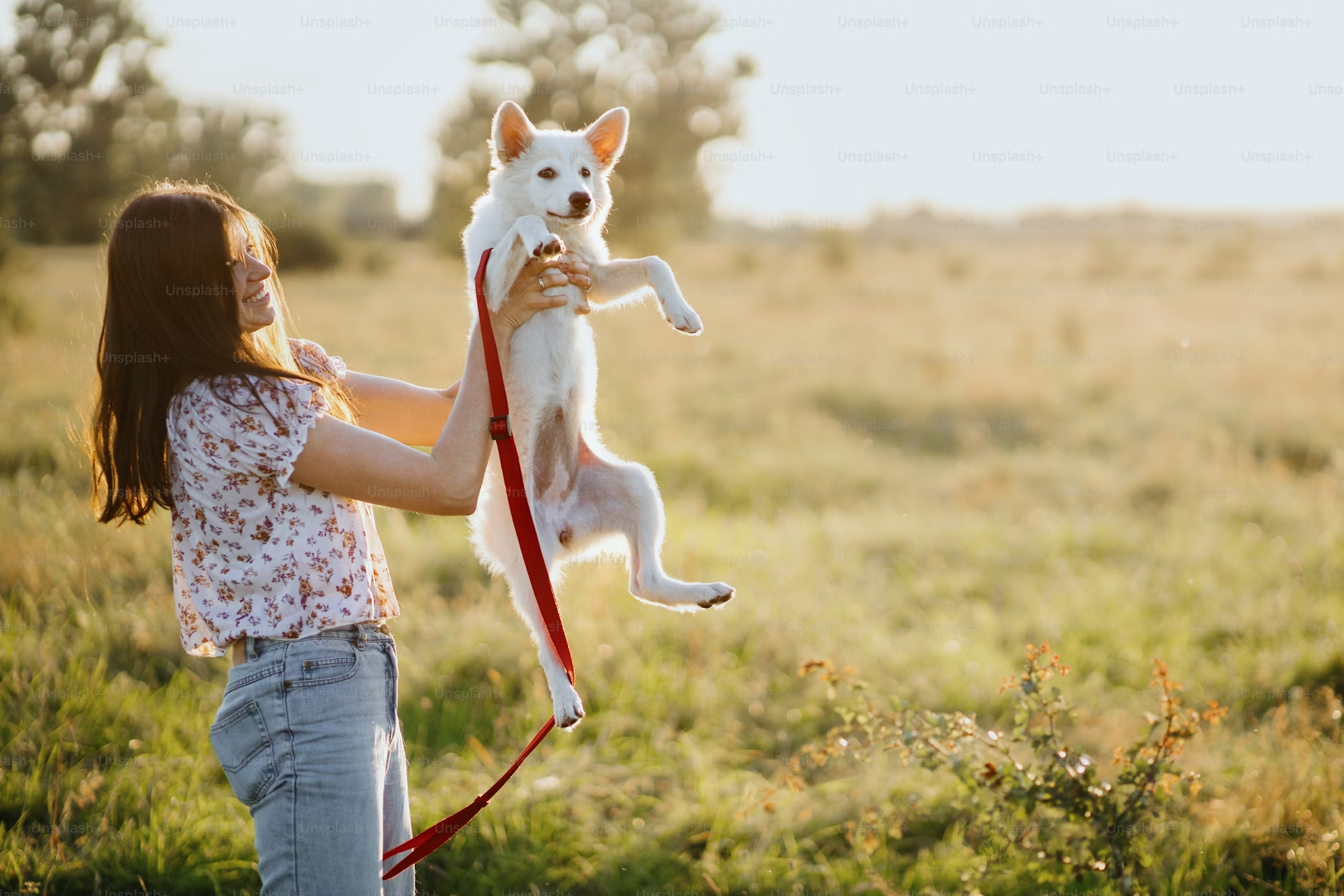
In today’s fast-paced world, mental health has become a crucial aspect of our overall well-being. As stress, anxiety, and depression rates continue to rise, people are seeking various ways to improve their mental health. One increasingly popular and effective method is pet ownership. The companionship, joy, and unconditional love pets provide can have profound positive effects on our mental health. This article delves into the benefits of pet ownership for mental health, backed by research, statistics, and expert opinions.
The Science Behind Pets and Mental Health
Numerous studies have shown that owning a pet can significantly enhance mental health. According to research published in the journal BMC Psychiatry, interacting with pets can reduce stress, anxiety, and depression, and can increase overall psychological well-being (Brooks et al., 2018). The companionship of pets can help mitigate feelings of loneliness and provide a sense of purpose and routine, which are essential for mental health stability.
Stress Reduction
Interacting with pets has been shown to lower cortisol levels, a hormone associated with stress. A study by the National Institutes of Health (NIH) found that pet owners had lower levels of cortisol compared to non-pet owners. This reduction in cortisol can help lower stress levels and promote a calmer state of mind (NIH, 2018).
Anxiety and Depression
Pets can play a crucial role in reducing anxiety and depression. A study published in Frontiers in Psychology found that pet owners reported significantly lower levels of anxiety and depression compared to those without pets (Mueller et al., 2018). The presence of a pet provides a constant source of comfort and can help distract from negative thoughts and feelings.
Physical Health Benefits
The mental health benefits of pet ownership are often linked to physical health improvements. Regularly walking a dog, for instance, ensures daily exercise, which is known to improve mood and reduce anxiety. According to the American Heart Association, dog owners are 54% more likely to get the recommended level of physical activity than non-dog owners (AHA, 2019).
Social Interaction
Pets can also enhance social interaction, which is vital for mental health. Walking a dog can lead to social encounters with other dog owners, fostering a sense of community and reducing feelings of isolation. A study in the Journal of Social Psychology highlighted that pet owners have more social interactions and are perceived as more friendly and approachable (McNicholas & Collis, 2000).
Pets Providing Unconditional Love and Companionship
One of the most significant mental health benefits of pet ownership is the unconditional love and companionship that pets offer. This bond can be incredibly therapeutic. For individuals living alone, a pet can be a constant companion, providing a sense of security and reducing feelings of loneliness.
Emotional Support
Pets, especially dogs and cats, are often considered part of the family. Their ability to offer emotional support is unparalleled. A study in Anthrozoös found that pet owners who perceive their pets as supportive partners have better emotional well-being and are more resilient to life’s stresses (Zasloff & Kidd, 1994).
Routine and Responsibility
Having a pet introduces a routine and a sense of responsibility. Feeding, grooming, and exercising pets require regular attention, which can help structure the day and provide a sense of purpose. This routine can be particularly beneficial for individuals struggling with depression, as it encourages them to engage in daily activities and care for their pet.
The Therapeutic Role of Pets
Pets are increasingly recognized for their therapeutic roles in various settings. Therapy animals are used in hospitals, nursing homes, and schools to provide comfort and companionship to patients, residents, and students.
Animal-Assisted Therapy
Animal-assisted therapy (AAT) has gained popularity as a complementary treatment for mental health issues. According to a review in PLOS ONE, AAT has been effective in treating conditions such as PTSD, anxiety, and depression (Nimer & Lundahl, 2007). The interaction with therapy animals can help patients feel more relaxed and open to treatment.
Support for Children
Children can also benefit significantly from pet ownership. Pets can teach children responsibility, empathy, and compassion. Moreover, pets can provide comfort and support during stressful times. A study in the Journal of Pediatric Nursing found that children with pets had lower levels of anxiety and were more resilient in stressful situations (Kerns et al., 2017).
Don’t know whether to get a Pet?
For those who are undecided about getting a pet, it’s essential to consider the various benefits pets can offer. Beyond companionship, pets can enhance your mental health, encourage physical activity, and provide a sense of purpose and routine. However, it’s also crucial to acknowledge the responsibilities that come with pet ownership. Ensuring you have the time, resources, and commitment to care for a pet is vital for both your well-being and the pet’s.
Tips for Potential Pet Owners
- Research Different Pets: Consider what type of pet best fits your lifestyle. Dogs require more time and attention, while cats may be more independent. If you are curious, please look into our other blogs on the Top 10 Dog Breeds in Singapore or Exploring the World of Popular Cat Breeds.
- Adopt from Shelters: Many animals in shelters are looking for loving homes. Adopting a pet can be a rewarding experience. Check out our article on 7 places to adopt a pet in Singapore.
- Start Small: If you’re unsure about committing to a pet, consider fostering. This allows you to experience pet ownership without a long-term commitment.
- Consult with Professionals: Speak with veterinarians and pet professionals to understand the care requirements of different pets.
Conclusion
The benefits of pet ownership for mental health are well-documented and profound. From reducing stress and anxiety to providing unconditional love and companionship, pets can significantly enhance our mental well-being. For those considering pet ownership, the potential benefits far outweigh the responsibilities, making it a worthwhile and rewarding experience.
If you’re ready to improve your mental health and welcome a new furry friend into your life, start exploring your options today. Your perfect companion might be waiting for you just around the corner.
References:
- Brooks, H. L., Rushton, K., Lovell, K., Bee, P., Walker, L., Grant, L., & Rogers, A. (2018). The power of support from companion animals for people living with mental health problems: A systematic review and narrative synthesis of the evidence. BMC Psychiatry, 18(1), 31.
- Mueller, M. K., Gee, N. R., & Bures, R. M. (2018). Human-animal interaction as a social determinant of health: Descriptive findings from the health and retirement study. Frontiers in Psychology, 9, 133.
- Nimer, J., & Lundahl, B. (2007). Animal-assisted therapy: A meta-analysis. PLOS ONE, 2(6), e393.
- Zasloff, R. L., & Kidd, A. H. (1994). Loneliness and pet ownership among single women. Anthrozoös, 7(3), 148-154.
- Kerns, K. A., Stuart-Parrigon, K., Coifman, K., van Dulmen, M. H., & Koehn, A. (2017). Pet dogs: Does their presence influence preadolescents’ emotional responses to a social stressor? Journal of Pediatric Nursing, 37, e25-e32.
- McNicholas, J., & Collis, G. M. (2000). Dogs as catalysts for social interactions: Robustness of the effect. British Journal of Psychology, 91(1), 61-70.
- National Institutes of Health (NIH). (2018). Human-animal interaction research. Retrieved from NIH website.
Thank you for reading our article. If you enjoyed it, please share the article using the social icons listed below.
































